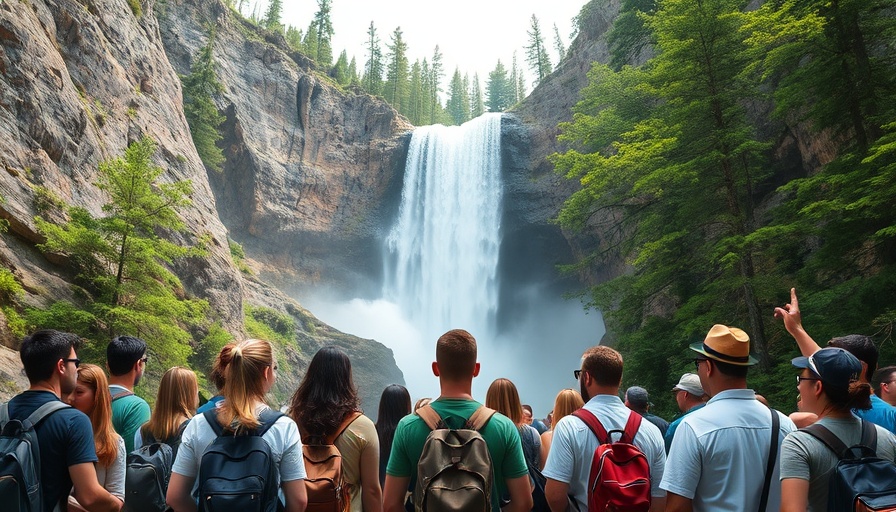
The National Park Service Faces Unprecedented Cuts
The Trump administration's recent budget proposal suggests a staggering cut of over $1 billion to the National Park Service (NPS), a move that could drastically impact America's treasured landscapes. This proposal could lead to the closure of more than 350 parks, which represents an alarming three-quarters of the entire National Park System. Theresa Pierno, the president of the National Parks Conservation Association (NPCA), characterized the cuts as an extreme assault on the parks, jeopardizing public safety and the health of ecosystems nationwide.
Understanding the Consequences
The implications of such a budget reduction are far-reaching. This potential strategy could not only shutter significant portions of the national parks but also curtail vital research into climate change, threatening the safety and experience of millions of visitors each year. Kristen Brengel, NPCA’s senior vice president, pointed out the minimal savings in the broader context of the damage these cuts would inflict on environmental research and the expertise needed to preserve vital lands.
Historical Context: The Journey of National Parks
Established over a century ago, America's national parks represent a commitment to conservation and public enjoyment of natural beauty. However, ongoing threats, particularly during political shifts, have raised concerns about the future of these lands. With the rise of climate change challenges and budget constraints, the NPS has battled to maintain its operational effectiveness. The current proposal symbolizes the culmination of years of systemic dismantling, compounded by staffing freezes and forced resignations, pushing the parks toward an uncertain future.
Public Sentiment and Reaction
In light of brighter visitation records, the sentiment among the public is mixed. While the parks are thriving in terms of visitors, supporters argue that without adequate funding, the very essence of the experience will deteriorate. Many park-goers feel a sense of ownership over these lands, which represent shared heritage and natural beauty. Hence, the cuts have prompted pushback from various community segments that fear their connection to these places is at risk.
Proposed Solutions: Advocating for Sustainability
In response to these potential cuts, environmentalists and advocates are pushing for alternative funding solutions that emphasize sustainability. People are calling for a reallocation of federal funds that respects both environmental needs and fiscal responsibility. Investing in sustainable practices could reduce operational costs while bolstering conservation efforts. This means adapting modern technologies and sustainable development practices in and around national parks to ensure they are preserved for future generations.
Conclusion: Taking Action to Preserve Our Legacy
The looming budget cuts to the National Park Service present a critical crossroads for conservation efforts in America. As visitors and advocates rally for support, it’s essential to consider the implications of these decisions. Protecting our national parks isn't just about preserving landscapes; it’s about ensuring a legacy for future generations. We can make our voices heard by participating in advocacy efforts, writing to our representatives, and supporting local initiatives aimed at preserving these national treasures.
 Add Row
Add Row  Add
Add 





 Add Row
Add Row  Add
Add 








Write A Comment